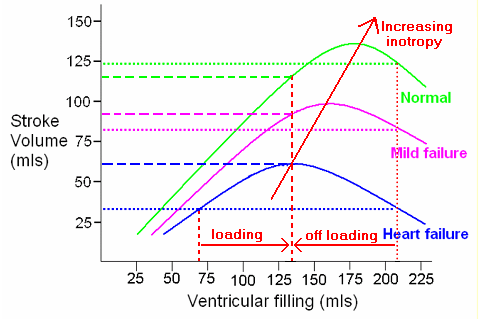Thank you for the clarification, Muffy. I perfectly understood the first time that you felt the cited reference was irrelevant to CSDB. I agree that Gilmartin et al might have cited a better reference---or better yet cited no reference at all since their paper WAS the original and seminal description of CSDB. The pickings for prior CSDB citations were slim to nonexistent.Muffy wrote:In an attempt to clarify,
and thenblizzardboy wrote:... Yes, during my diagnostic sleep study I had both OSA and CSA events. My centrals tend to be bunched towards the latter part of my night. ...
noting that-SWS wrote: That pattern is typical of Complex Sleep apnea:
Geoffrey S Gilmartin; Robert W Daly; Robert J Thomas wrote:...and time of night variability. In the latter instance, what starts as clearly obstructive disease at the beginning of the night evolves into predominantly central disease by the end of the recording.
but
because if you refer to that study referenced in the statementMuffy wrote:I think that comment is taken out of context, because that reference
Overnight shift from obstructive to central apneas in patients with heart failure: role of PCO2 and circulatory delay
involved a bunch of guys (and one babe) with congestive heart failure, and ble-zard don't look the type.
you get towhat starts as clearly obstructive disease at the beginning of the night evolves into predominantly central disease by the end of the recording[8]
8.Tkacova R, Niroumand M, Lorenzi-Filho G, Bradley TD. Overnight shift from obstructive to central apneas in patients with heart failure: role of PCO2 and circulatory delay. Circulation 2001; 103:238-243.
which is
http://www.circ.ahajournals.org/cgi/con ... /103/2/238
where they note:
Regardless of the imperfect citation, the title of this paragraph is a dead giveaway that Gilmartin et al are describing what they observe in their own CSDB patients:
If you view the above paragraph as NOT describing what Gilmartin et al routinely observe in their own CSDB patients, then we shall have to politely agree to disagree. I don't plan on debating that point further.Complex Sleep-Disordered Breathing: Introducing a New Practically Useful Category
Variably 'mixed' rather than pure obstructive or central ('control') patterns are common and easily recognized. Examples include mixed apneas, variable degrees of flow limitation intermixed with periodic breathing, position-dependent variability (central while not supine, obstructive when supine), stage-dependent variability (periodic breathing during non-REM (NREM) sleep and severe obstructions during REM sleep) and time of night variability. In the latter instance, what starts as clearly obstructive disease at the beginning of the night evolves into predominantly central disease by the end of the recording.[8] Direct visualization of the upper airway shows collapse at the nadir of the respiratory cycle to be common even in polysomnographic 'central' disease. The therapeutic response to positive airway pressure is variable in these cases. A recent report has clarified some of the features of more subtle forms of mixed disease. These include periodic short cycles of obstruction, minimal disease in REM sleep, and incomplete responses to positive airway pressure. Qualitative scoring of this type of disease is limited by imprecision of terms such as 'mixed apnea,' and accurate scoring of central hypopneas is impractical in routine clinical practice. The term 'complex' is used to convey the high likelihood that both obstructive and control factors are involved in creating this pattern of disease (Fig. 1).












